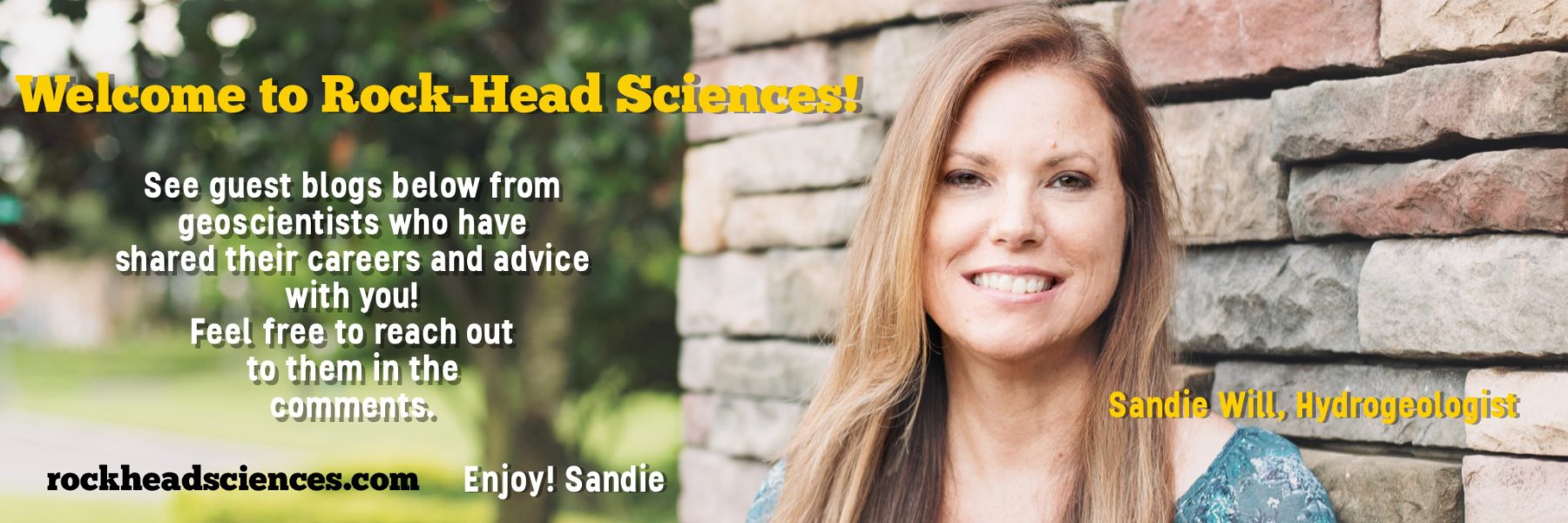NAME: Sally Potter
CURRENT TITLE: Hazard and Risk Management Researcher
AREA OF EXPERTISE: I have worked for a Regional Council as a hydro-technician and emergency manager; as a consultant on natural hazard management projects; as a PhD student researching volcanology and communication; and as a post-doctoral fellow conducting applied research on severe weather warnings.
YEARS OF EXPERIENCE: 2 years (plus PhD and pre-PhD experience)
EDUCATION: BSc in Geology through Victoria University of Wellington, New Zealand; BSc (Hons) in Earth Science through Massey University, New Zealand; PhD in Emergency Management through Massey University, Wellington, New Zealand.
WEBSITE: http://www.gns.cri.nz
VIDEO:

A screen grab from YouTube, with Sally Potter in front of the revised New Zealand Volcanic Alert Level system. YouTube link: https://www.youtube.com/watch?v=WeZxW2xyam0
What’s your job like?
I love my job. I get to do a mix of research and consultancy work at GNS Science, which is New Zealand’s version of the Geological Survey. We have the mandate to provide the government and civil defense organisations with warnings and information about geohazards. So, when there is a large earthquake, a tsunami on its way, or an impending volcanic eruption, we are in the thick of things, providing advice and conducting research.
My role is on the social science team within the Risk and Society Department. I spend about half of my time conducting research on effective warnings to society about natural hazards (particularly volcanic activity, aftershocks, and severe weather) and the other half on consultancy projects for local and regional councils, and overseas. I prefer my desk job, but some of my colleagues (particularly those with more physical geology backgrounds and interests) get out and about in the field. My version of field work is to conduct workshops and interviews with stakeholders around the country or to design surveys and collect responses.
Here’s a video that gives an overview of some of the research I’ve been doing that shows what a social scientist/volcanologist does. It’s on caldera unrest at Taupo volcano using analysis of historical newspaper data, among other resources.
What’s a typical day like?
I turn up to work, answer a few emails, and get into my tasks for the day. Some of the things I might do are:
- Organize a workshop
- Analyse interviews I have conducted, using coding software
- Attend various meetings with my colleagues, such as the volcano monitoring meeting, or see what the landslide scientists are up to, or have a strategy meeting with other social scientists
- Review or write reports and funding proposals
- Design a survey
- Work on publications
At the end of the day (by 5pm), I go home and can forget about my work until the next working day. Not bad!
Less typically, I will have a day trip flying to another city in New Zealand to attend meetings or facilitate a training course, or travel overseas for a conference. For the past year, I have been spending one day a week embedded at New Zealand’s MetService, as I’m conducting collaborative research with them on the severe weather warning system.
What’s fun?
Seeing the world as part of my job! In the past 5 years, I have been to the following countries for work (some multiple times): Canada, United States, Mexico, Japan, China, Singapore, Indonesia, Australia, Turkey, Italy, Germany, Switzerland, France, and the United Kingdom – plus extras on attached holidays! It’s fantastic meeting people from all around the world who have similar interests.
I also like building working relationships with stakeholders and other scientists from around New Zealand and getting to know their information requirements so that we can provide them with the best information during an event to help them respond. I love doing applied research, where the results of my work are directly implemented in New Zealand. For example, during my PhD, I revised New Zealand’s volcanic alert level system, which is now in use for all of our volcanoes.

Field trip to Mammoth Mountain, Long Valley Caldera, California, in 2012. Photo copyright: Sally Potter
What’s challenging?
Managing to fit it all in! We work hard and fast, and sometimes it is difficult having enough time to keep up with the literature. We have to record our time against job numbers, unlike at universities. Long-haul flights around the world (and associated time differences) can take their toll, but it’s definitely worth it, and I can usually choose how much travel I want to do.
What’s your advice to students?
Unless you decide you want to work at a university, I would encourage you to make networking a priority – see if you can be based at an organisation that you might want to work for after your studies are finished, so you can start setting yourself up for life after university. I conducted my PhD research from within GNS Science and it paid off, as I landed a job there afterwards. I would recommend being clear on the higher goal of why you are conducting your studies, so that you can work towards that goal.


